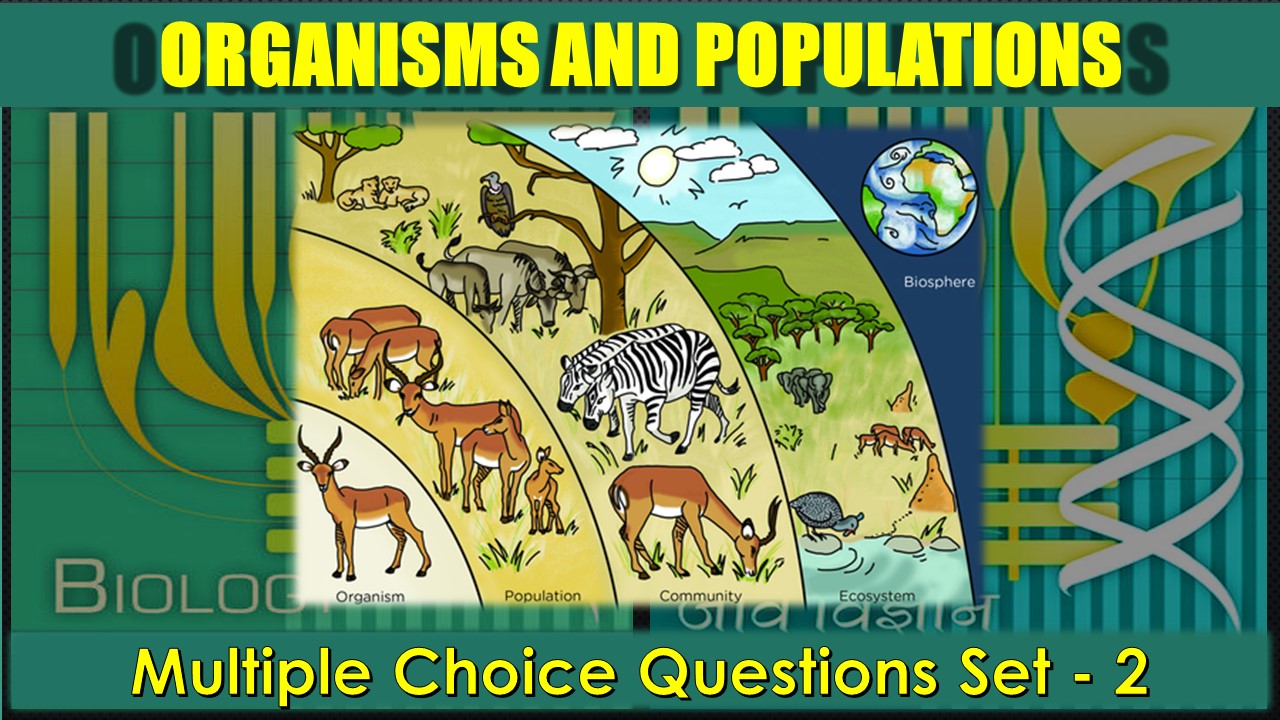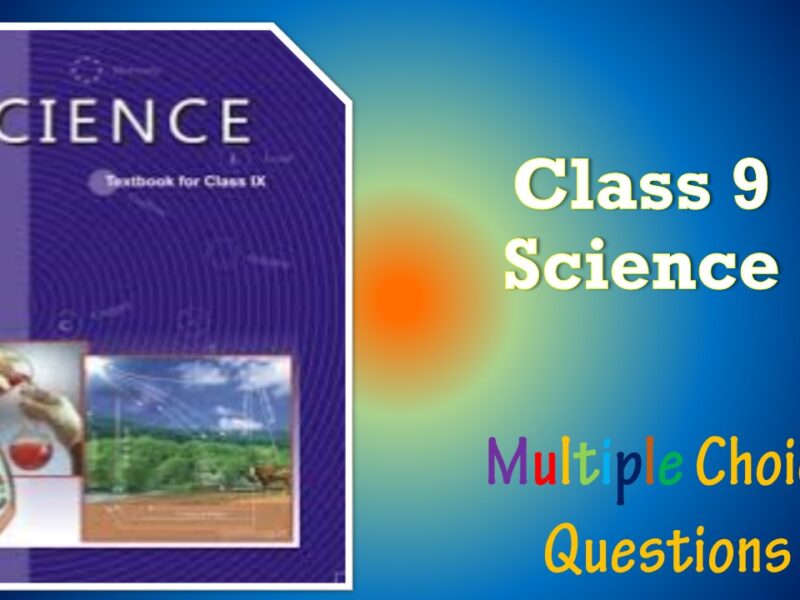CBSE Class 12 Organisms and Populations Multiple Choice Questions with Answers. MCQ Questions Class 12 Organisms and Populations with Answers Is Prepared Based on Latest Exam Pattern. Students can solve NCERT MCQ questions Class 12 Organisms and Populations with Answers to know their preparation level.
Students who are searching for NCERT MCQ Questions Class 12 Organisms and Populations with Answers are compiled here to get good practice on all fundamentals. Know your preparation level on MCQ Questions for Class 12 Organisms and Populations with Answers. You can also verify your answers from the provided MCQ Class 12 Organisms and Populations with Answers. So, ace up your preparation with MCQ of Class 12 Biology Examinations.
MCQ Questions Class 12 Organisms and Populations with Answers - Set - 2
Question 1:
Submerged hydrophytes havedisseced leaves for:
(a) Decreasing surface area
(b) Increasing surface area
(c) Reducing effect pf water currents
(d) Increasing number of stomata
Correct Answer – (C)
Question 2:
In which one of the following habitats, does the diurnal temperature of soil surface view most?
(a) Shrub land
(b) Forest
(c) Desert
(d) Grassland
Correct Answer – (C)
Question 3:
Habitat together with functions of a species constitute its:
(a) Topography
(b) Trophic level
(c) Boundary
(d) Ecological niche
Correct Answer – (D)
Question 4:
The size of the population tells us a lot about its status in the
(a) Environment
(b) Sex-ratio
(c) Age pyramid
(d) Habitat
Correct Answer – (D)
Question 5:
The number of birth during a given period in the population that are added to the initial density is referred to
(a) Natality
(b) Mortality
(c) Sex-ratio
(d) None of the above
Correct Answer – (A)
MCQ Questions Class 12 Organisms and Populations With Answers
Question 6:
Science linking heredity with environment is:
(a) Ecology
(b) Ecophysiology
(c) Genecology
(d) Genetics
Correct Answer – (C)
Question 7:
The maximum growth rate occurs in :
(a) Lag phase
(b) Exponential, phase
(c) Stationary phase
(d) Senescent phase
Correct Answer – (B)
Question 8:
For human population, the age pyramids generally show age distribution of
(a) Only males
(b) Only females
(c) Of males and females
(d) None of the above
Correct Answer – (C)
Question 9:
The number of deaths in the population during a given period is referred to
(a) Natality
(b) Mortality
(c) Sex-ratio
(d) None of the above
Correct Answer – (B)
Question 10:
Parasites that live inside the host body at different sities are called
(a) Ecto parasites
(b) Endo parasites
(c) Brood parasitism
(d) None of the above
Correct Answer – (B)
- NCERT Solutions Class 11 Chemistry Chapter 1 : Some Basic Concepts of Chemistry
- NCERT Solutions Class 11 Chemistry Chapter 2 : Structure Of The Atom
- NCERT Solutions Class 11 Chemistry Chapter 3 : Classification of Elements and Periodicity in Properties
- NCERT Solutions Class 11 Chemistry Chapter 4 : Chemical Bonding and Molecular Structure
- NCERT Solutions Class 11 Chemistry Chapter 5 : States of Matter
- NCERT Solutions Class 11 Chemistry Chapter 6 : Thermodynamics
- NCERT Solutions Class 11 Chemistry Chapter 7 : Equilibrium
- NCERT Solutions Class 11 Chemistry Chapter 8 : Redox Reactions
- NCERT Solutions Class 11 Chemistry Chapter 9 : Hydrogen
- NCERT Solutions Class 11 Chemistry Chapter 10 : The s-Block Elements
- NCERT Solutions Class 11 Chemistry Chapter 11 : The p-Block Elements
- NCERT Solutions Class 11 Chemistry Chapter 12 : Organic Chemistry: Some Basic Principles and Techniques
- NCERT Solutions Class 11 Chemistry Chapter 13 : Hydrocarbons
- NCERT Solutions Class 11 Chemistry Chapter 14 : Environmental Chemistry




